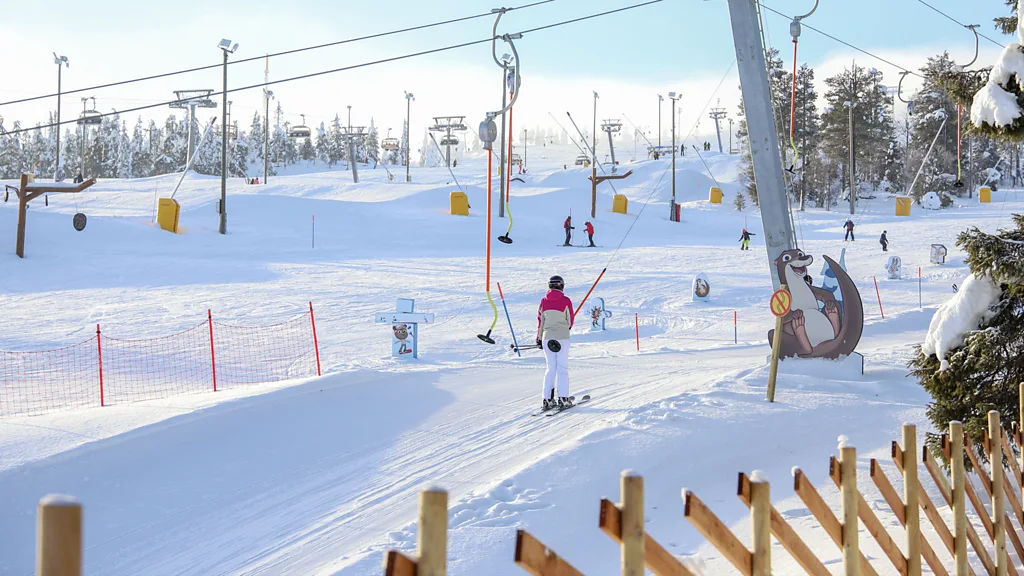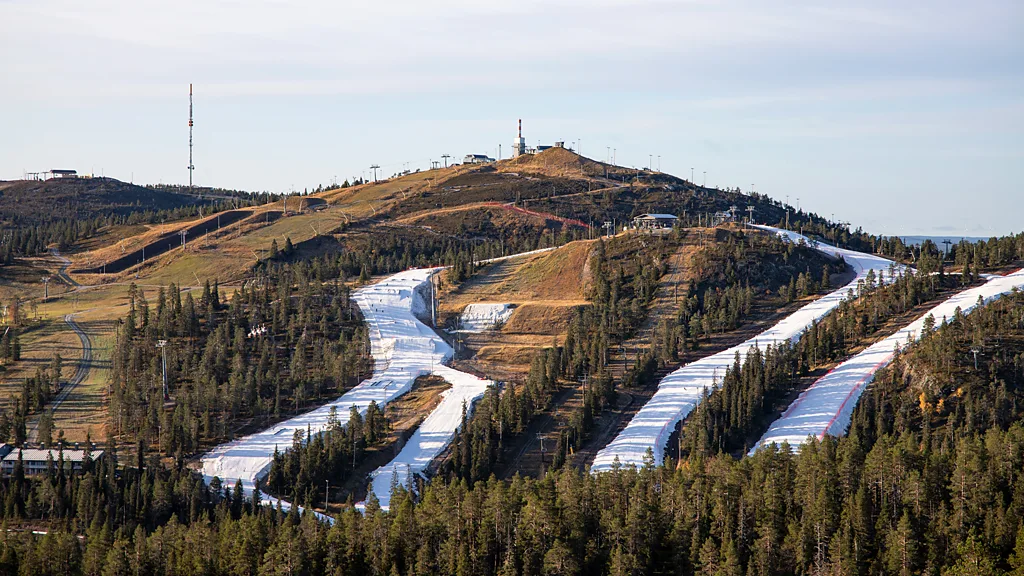As global warming looms over traditional ski seasons, resorts are innovating with age-old methods enhanced by modern technology to save snow through the summer, ensuring winter sports can still thrive despite increasingly unpredictable weather patterns. This piece will explore the technique of snow storage, its implications on the environment, and its importance to the economy of ski-centric locales.
The Resurgence of Snow Storage
Historically, the storage of snow and ice was a necessity before the advent of modern refrigeration, used primarily for preserving food. Today, ski resorts, grappling with shorter and warmer winters, have revitalized this ancient practice as a strategic response to climate change.
In Finland, resorts like Ruka have adopted snow storage or “snow farming” to extend their ski seasons significantly. Antti Karava, CEO of Ruka and Pyhä Ski Resorts, notes, “About 10 years ago, we could guarantee good snow conditions from early December until April. Now, with snow farming, we can guarantee good ski conditions from early October until the second week of May” .

Technology and Techniques
The method involves collecting snow during the winter, insulating it with materials such as white polystyrene blankets, and preserving large mounds over the summer. This practice is not only about survival but also about strategic resource management.
Finnish company Snow Secure’s sophisticated systems demonstrate this approach’s efficacy, even during the peak summer temperatures where beneath the insulating blankets, the snow remains at a chilly 2.5C (37.5F), despite ambient temperatures reaching as high as 44C (111F) .

Economic and Environmental Impact
Snow storage has a dual benefit: it supports local economies reliant on winter tourism and mitigates the environmental impact of artificial snow-making, which is energy-intensive and often dependent on less-than-ideal weather conditions.
However, the process isn’t without its costs, both financially and environmentally. Implementing snow storage systems can be expensive, and while they may reduce the need for continuous snow-making, they do not eliminate the associated carbon footprint.
Wolfsperger, from Switzerland’s Institute for Snow and Avalanche Research, emphasizes the environmental trade-offs and the potential to optimize the timing of snow production to when it’s most energy-efficient.

A Sustainable Future?
The practice raises significant questions about the future of skiing and snowboarding as traditional seasons shift due to climate change.
Could adjusting international competition schedules, such as those set by the International Ski and Snowboard Federation (FIS), alleviate some of the pressures? “If you say ‘Why don’t we shift the World Cup to four weeks later,’ you’d save energy,” suggests Wolfsperger, highlighting the broader implications of our attachment to traditional ski season schedules .
In essence, snow storage is a testament to human ingenuity in the face of climate challenges. It reflects a broader shift necessary in many seasonal sports and activities: a shift towards sustainability and adaptability.
As we continue to face global warming’s realities, such strategies may become crucial in preserving not only our recreational pastimes but also the economies and communities that depend on them.
